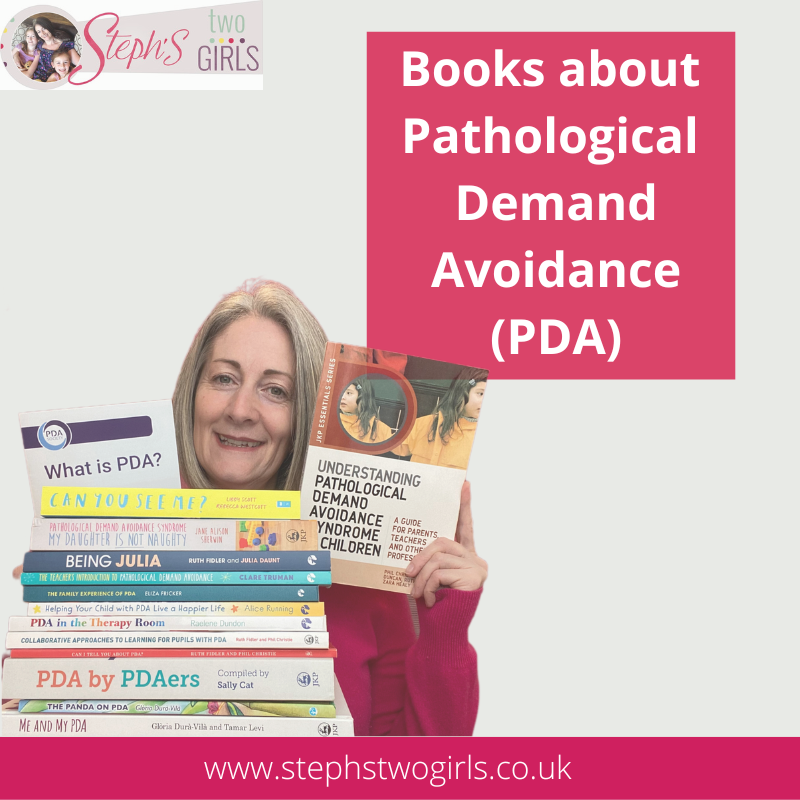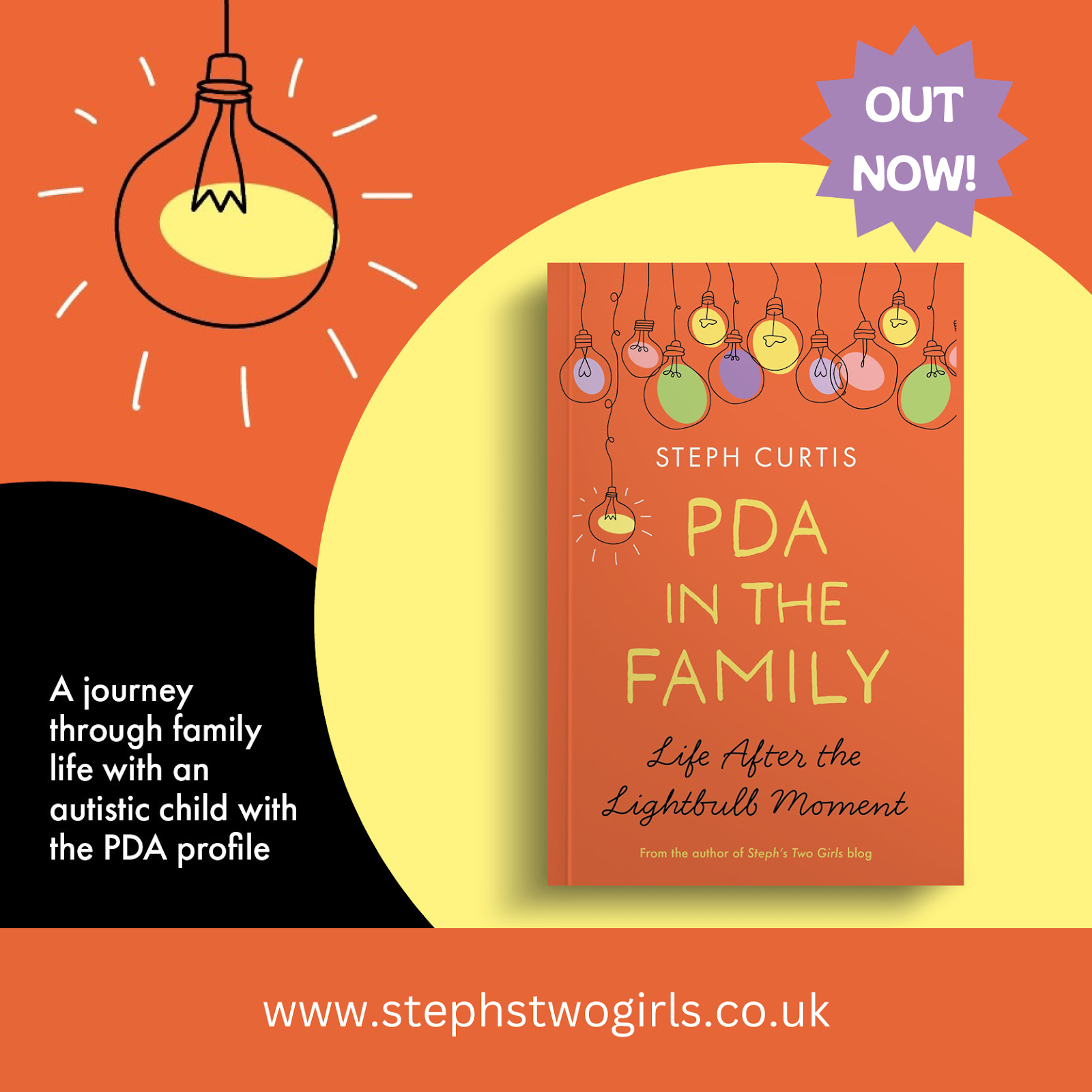Early Support was a government initiative to help all parents of children with additional needs navigate their way through the very complicated maze of SEND (Special Educational Needs and Disabilities).
So often, parents are sent away with very little information following any sort of diagnosis. In our case a leaflet for a local support group was handed over and not much more. It can feel like you suddenly have a blindfold on, with no idea how big the maze is, where the exit might be or what it might look like even if you could see it.
The best source of help and information, as the above poster suggests, is generally other parents. It can be very hit and miss as to who you happen to link up with and what they know though.
That's where Early Support courses came in; they were a way of pulling all that information together. I was no expert, but I soon found out that I knew more than some parents who had already been in the system for years. I was one of the lucky ones in terms of who I met along the way. The poster below was one of my favourite resources used on the course, designed to empower parents to believe they held the vital knowledge and were worth listening to.
Sadly, as with so many government initiatives, funding was pulled and Early Support no longer backed as a necessity for parents entering this maze. Their resources are all still available for free though thankfully, although somewhat tricky to find - to help, here's a link to their 'Our Family, My Life' document.
Some advice I always like to pass on to parents new to this game is the suggestion that they develop a one-page profile for their child with additional needs. The idea is that this short summary is quick and easy to read, and highlights the most important areas of understanding that anyone working or helping with their child might need.
The Early Support template is as follows, and this will be sufficient for some families:
However I was lucky enough to see a few different examples when Sasha was younger, and hers includes a bit more information than that. I also felt it was important to include a photo of her with her sibling on it; there is a knock-on effect of Sasha's disability on her older sister and I wanted to ensure others didn't lose sight of that. It's not just about one child, it's about the whole family.
So below is our most recent version for Sasha. If I'm honest, I did think twice about sharing it here as it is of course, a personal document. However, when I think back to those early days after diagnosis, I remember drowning in leaflets and information, files and paperwork, and if I can help even one other family who have a child similar to ours, who could perhaps get ideas from the phrases we use, then it's worth sharing.

Sasha's is updated every year and passed on to the new class teacher, to teaching assistants and any other members of staff who will work with her. The profile can also be handed to leaders at clubs outside of school and anyone else who may benefit from the information. The more we educate others about our child, the more chance there is of them being understood.
For more Early Support resources and other information please do take a look at councilfordisabledchildren.org.uk. If you type one page profile into Google and click on images you will see many more ideas too.
To find out more about our experiences, please check out our 'About Us' page or the summary of our experience in Our PDA Story Week 35. If you are looking for more online reading about Pathological Demand Avoidance, the posts below may help.
What is PDA (Pathological Demand Avoidance)?
Ten things you need to know about Pathological Demand Avoidance
Does my child have Pathological Demand Avoidance?
The difference between PDA and ODD
Strategies for PDA (Pathological Demand Avoidance)
Pathological Demand Avoidance: Strategies for Schools
Challenging Behaviour and PDA
Is Pathological Demand Avoidance real?
Autism with demand avoidance or Pathological Demand Avoidance?
To follow me on other social media channels, you can find me at the following links or click the icons below!
























